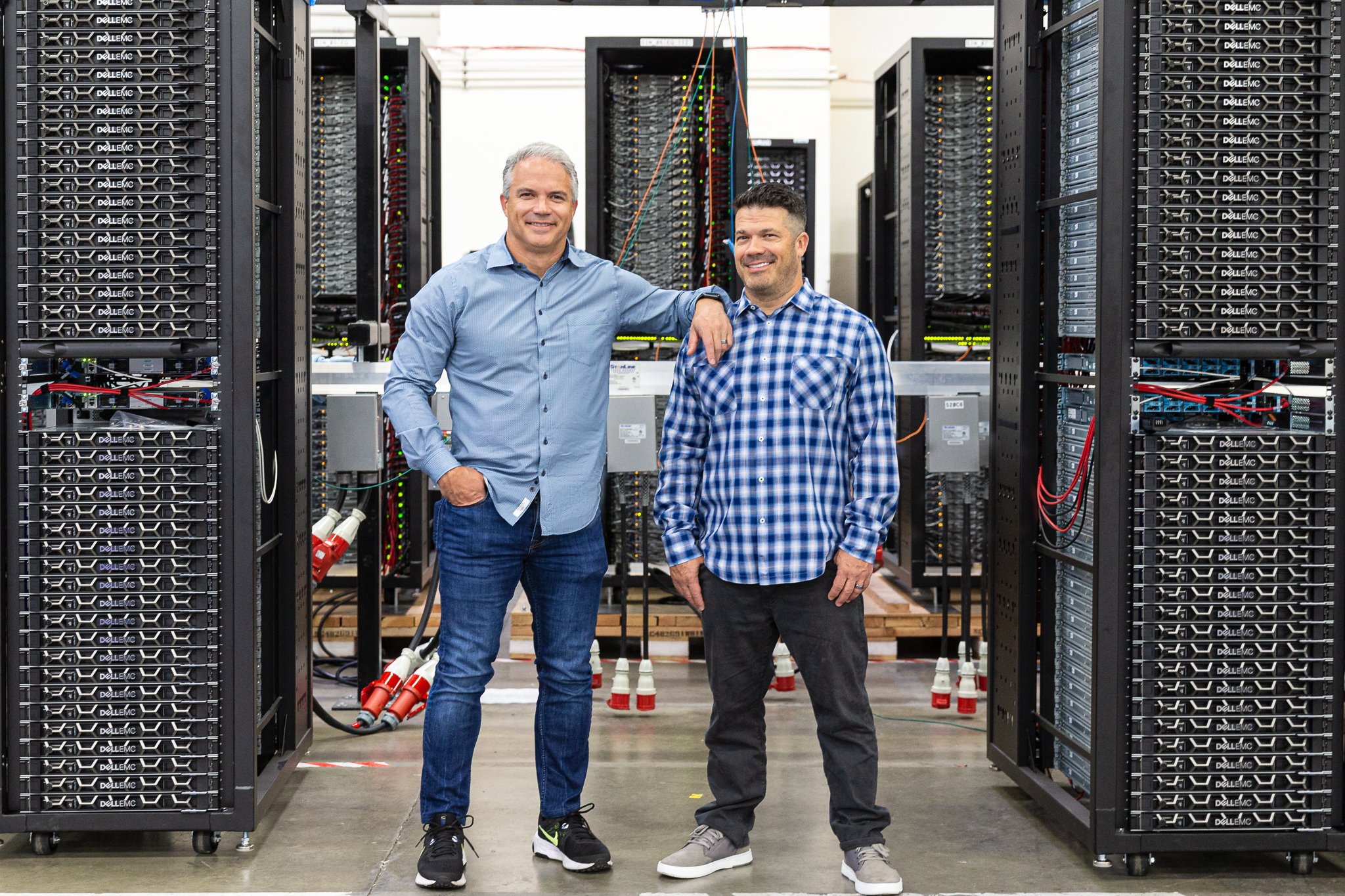High-performance AI is the key to unlocking insights and opportunities in data-intensive environments.
But as powerful as AI is becoming, you can’t simply throw an algorithm at a pool of information. You need to help it effectively find the insights you’re looking for.
That means configuring your data storage the right way to handle the job. To do this, you’ll need to think about capacity, organization, and compute. Let's break each one of these down further.
1. Capacity
What is commonly known as binary data—video, audio, images, etc.—requires a tremendous amount of storage compared to non-binary, or text data.
Obviously, this means you need to have the right amount of storage capacity, whether it’s in the cloud, on-premises, or a hybrid solution.
With enough data storage capacity, you can build out data lakes—a place where all your data from all your different incoming pipelines can land safely and securely.
2. Organization
High-performance AI can be a powerful tool for sifting through massive amounts of data. However, it still needs to know where to go and what it’s looking for if you want to find insights and make them actionable on a quick turnaround.
Since a disorganized data lake can easily become a choke point for your entire enterprise, having a solid plan in place to arrange data by source is critical.
3. Compute
Data lakes are where your data is stored, and compute is what you do with that data.
For high-performance AI, compute is often centered around speed.
Take mobile ads, for example.
With high-performance AI, ads can be configured so that when a person is approaching a certain level in a game, the ad platform packages up the persona of that player—age, location, etc.—and immediately put that persona out for a bid. A company winning the bid can then have their ad instantly surface when the player hits the level.
To sum up
Employing high-performance AI requires having the right data storage solution in place to meet your needs. You need the capacity, the organization plan, and the right amount of compute in place in order to successfully let your algorithms loose.
For more on putting massive amounts of data to work in your enterprise, download our free whitepaper Big Data Made Simple.













/big-data-made-simple_redapt_2019WP-Preview1.jpg?length=400&name=big-data-made-simple_redapt_2019WP-Preview1.jpg)
/big-data-made-simple_redapt_2019WP-Preview2.jpg?length=400&name=big-data-made-simple_redapt_2019WP-Preview2.jpg)
/big-data-made-simple_redapt_2019WP-Preview3.jpg?length=400&name=big-data-made-simple_redapt_2019WP-Preview3.jpg)


